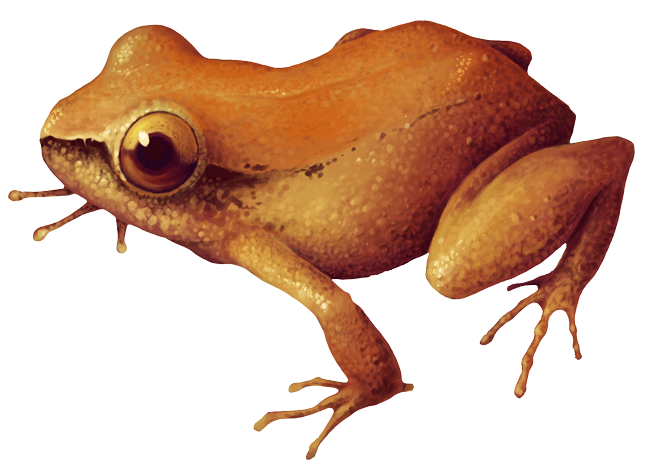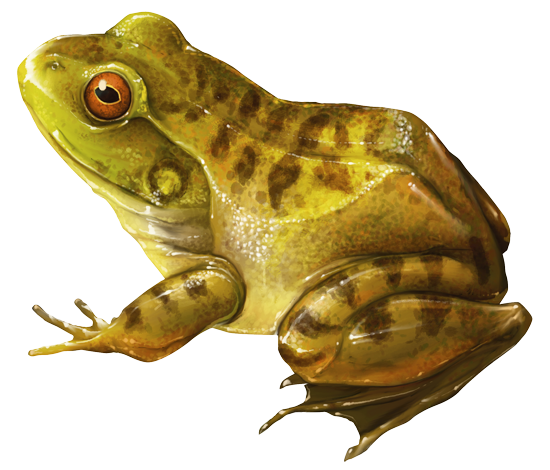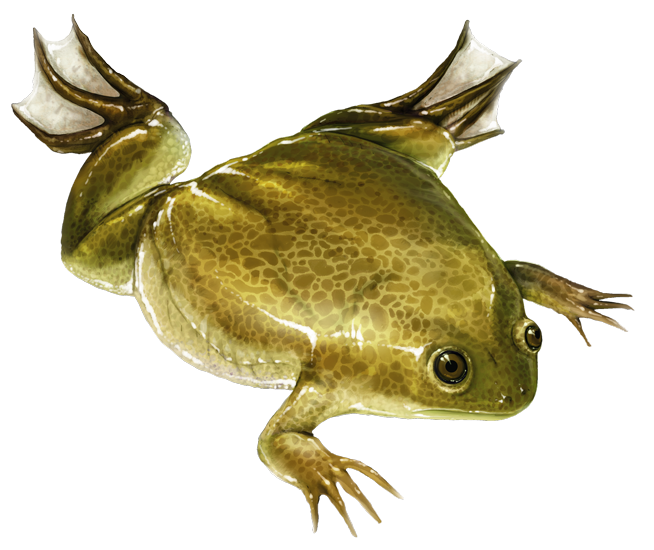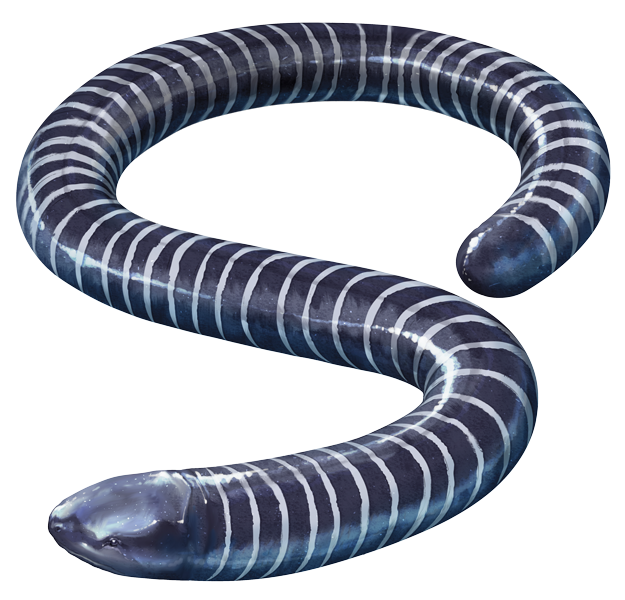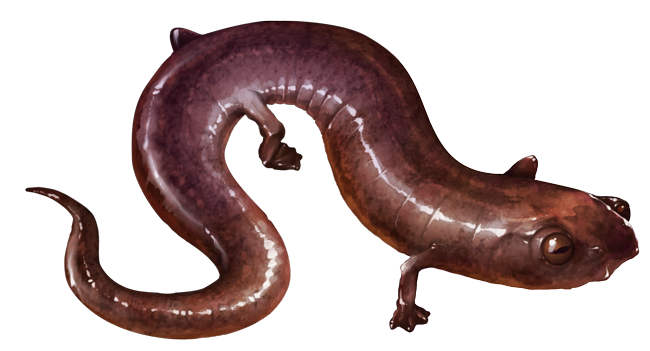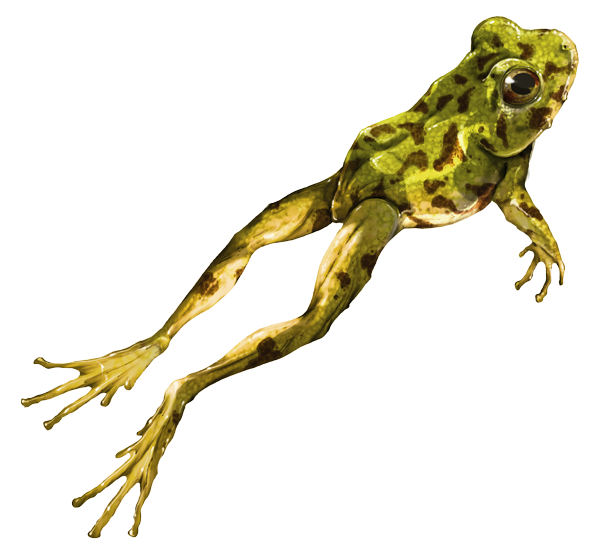Colombia is the second country in the world, after Brazil, with the greatest species richness of amphibians. The country must therefore assume the challenge of consolidating information about this biological group in order to develop strategies for its conservation.
Amphibian fauna in Colombia is one of the most diverse by unit area, and it also has one of the greatest levels of endemism in the whole world 1-5.
The 791 species that are currently reported (corresponding to 734 anurans [frogs and toads], 25 salamanders, and 32 caecilians) position Colombia as the second country with the greatest number of these species on the planet, after Brazil3,6. The number of species reported since the first list of amphibians in 1996, which includes the three known orders7 has grown due to the incorporation of more than 200 species. These new reports are the result of new species descriptions or reports previously limited to other countries (8.7 species described per year)6,8.
In recent times, many studies7, 9-16 have strengthened existing knowledge about natural histories, distributions, and threats of Colombian amphibians. Essentially, around 50% of amphibian species in the country are endemic (374 anurans, 9 caecilians, and 17 salamanders). Also, 48% of these species do not strictly depend on water; contrary to what is usually thought about this group and its dependence to aquatic environments, they may inhabit terrestrial land covers of native vegetation, mainly humid forests and paramos. Moreover, just 3% of Colombian amphibians are salamanders and 4% are caecilians.
The topographic heterogeneity of the Andean region houses an unparalleled diversity of amphibians, and the reported species richness is still rising because of constant findings and descriptions of new species. Most inventory efforts are concentrated in the regions of the Andes and its valleys, the northwestern area of the Sierra Nevada de Santa Marta, and some specific sectors of the Valle del Cauca and the surroundings of Villavicencio and Leticia. In general, the systematic exploration of other parts of the territory is still required in order to consolidate a national inventory.
Considering the threats that may affect amphibians, in recent years it has been observed how their extreme sensibility to small changes in their environment (a characteristic that makes them indicators of the quality of the environments they inhabit) has caused a dramatic decline in their populations and diversity around the world. The transformation and reduction of their natural habitats, along with climate change, stand out as pressures that affect this group 17,18.
In Colombia, 28% of amphibian species are included in a threat category. Yet this number underestimates their real state of threat because information regarding distributions and natural histories is still lacking. Consequently, Colombia has the challenge to continue the process of completing the Amphibian National Inventory in order to design conservation plans and take responsibility for those compromises acquired in the Convention on Biological Diversity.
